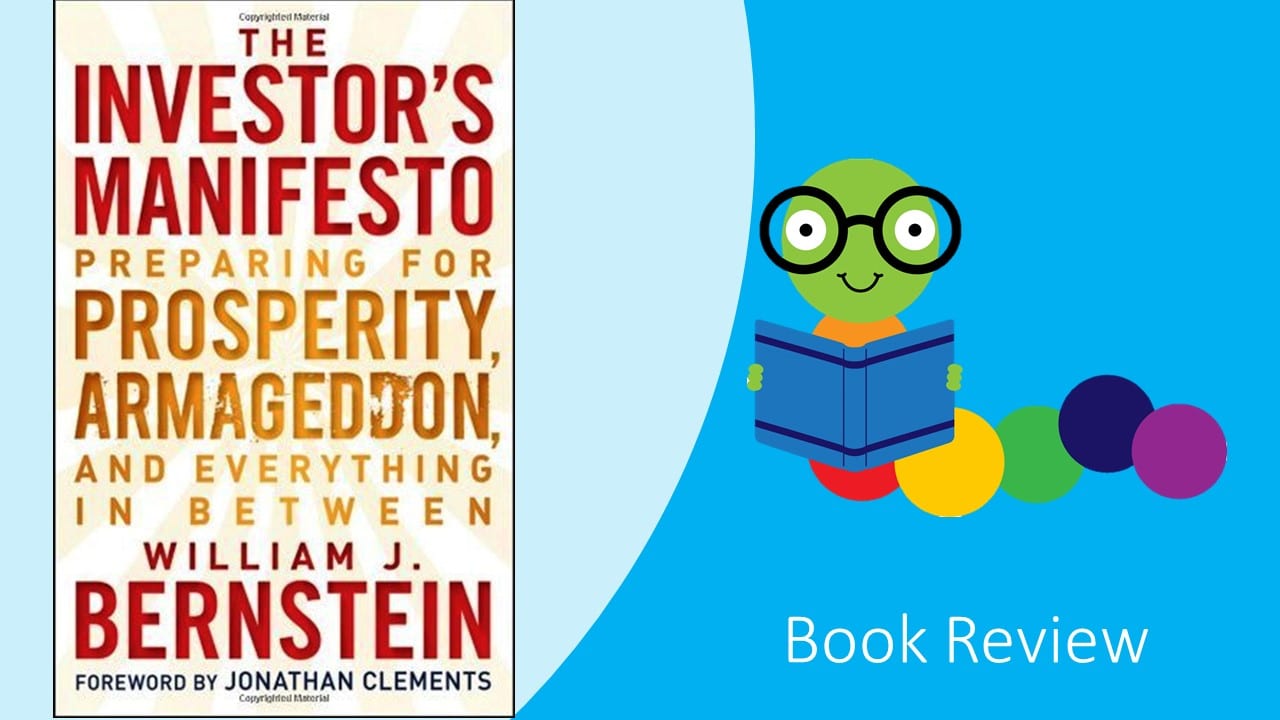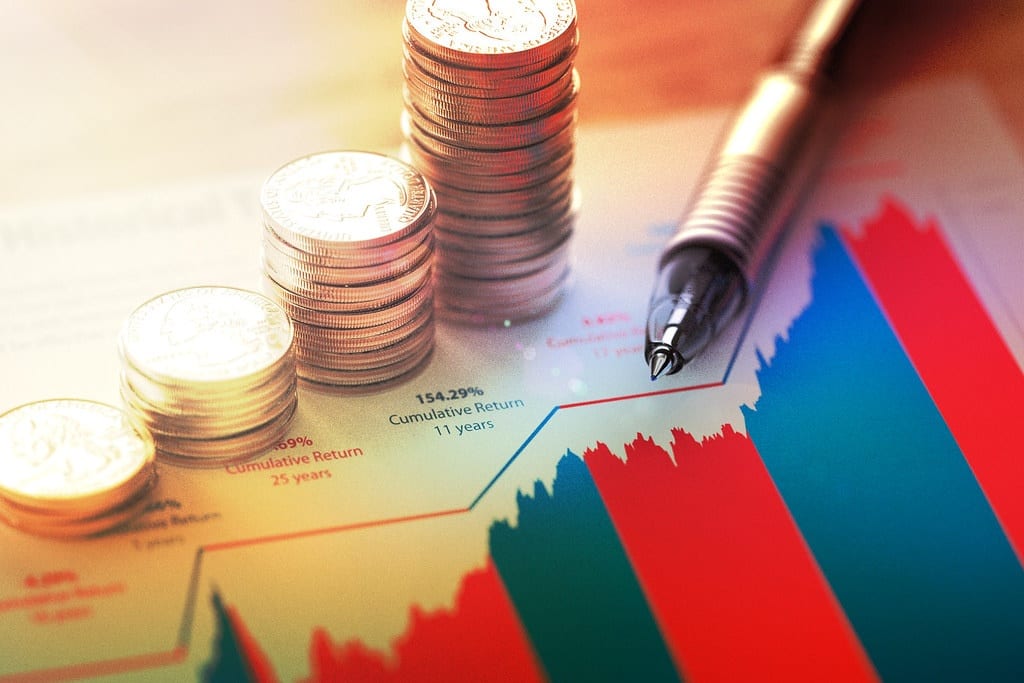First off, there is no such thing as “financial planning”. There are many different types of plans depending on your needs and goals. You need to decide which type of plan best fits your current circumstances and then work backwards from there.
If you want to save up for retirement, start by calculating out exactly how old you will be when you retire and figure out how long you expect to live after retiring. Then calculate out how much income you’ll get per year during those years.
Once you’ve got an idea about how much money you’ll make each year, use these numbers to determine how much you need to put away every month until you reach your goal amount. This number may change over time based on inflation rates, tax changes, interest rate fluctuations, market conditions etc.. But at least you now have a starting point.
As far as websites go, I would recommend using Mint.com or Personal Capital. Both allow you to track your spending habits and see trends over time. They both give you access to tools like budgeting calculators and investment portfolios.
How is Financial Planning important?
Financial planning helps you avoid making bad decisions later down the road because you had all the information available to you before hand. It also gives you peace of mind knowing that you have done everything possible to prepare yourself financially for whatever life throws at you.
What kind of investments should I consider?
This depends entirely on your personal preferences and risk tolerance. The most common options include stocks, bonds, and mutual funds. Some people prefer real estate while others choose gold/silver coins. Whatever option you select, just remember that investing involves risks.
Even though the markets fluctuate wildly today, historically speaking, they tend to stay relatively stable. That said, you still run into volatility from time to time. Whereas, if you invest in something like gold, silver or other precious metals, you won’t experience wild swings in value due to supply & demand issues.
There are two main categories of investments – Stocks and Bonds. Each has its own pros and cons. For example, stocks provide higher returns than fixed-income securities but carry more risk. Fixed Income provides lower yields than equities but less risk.
Investing in Stocks
Pros: Chances of Higher Returns
Cons: More Risk
Investing in Bonds
Pros: Lower volatility
Cons: Less Return
What are the components of a financial plan?
A financial plan includes:
- An understanding of where you stand with respect to debt, savings, and assets;
- A projection of future earnings and expenses;
- A calculation of what percentage of your annual salary goes towards taxes;
- A determination of whether you’re saving enough for retirement;
- A strategy for achieving your short term and long term goals;
1) Debt – How much do you owe? What’s your current balance? Are there any debts coming up soon? If so, when will they be paid off? Do you want to pay them off sooner rather than later?
2) Savings – Where does your money come from? Is it going somewhere else? Can you save more?
3) Assets – What are your assets worth right now? Have you saved anything recently? Has anyone given you an inheritance?
4) Taxes – How much tax do you need to pay each year? Will you get a refund next month?
5) Goals – What do you want out of life? Do you want to retire early? Save for college tuition? Buy a house? Travel the world? Pay off student loans? Start a business? All these things require different amounts of cash flow. You’ll also need to make sure you don’t spend too much.
How would someone go about getting started with financial planning?
Start by taking inventory of all your finances. This is called “financial fitness”. It helps you understand how well prepared you are financially. Once you know where you stand, then you can start making plans. Here are some steps to take:
Step 1 – Determine Your Current Financial Situation
Take a look at your monthly bills. Add everything together and divide by 12 months. Then multiply that number times 100%. The result should give you a rough idea of how much money you currently earn per hour. Divide that amount by 40 hours to determine how many years you’ve worked. Multiply that figure by $40/hour to find out how much you’d need to work full-time just to cover basic living costs. Now add up all your non-mortgage debt. Include credit card balances, car payments, etc. Also, include any outstanding medical bills. Finally, subtract your total net worth. That gives you your starting point.
Step 2 – Make a Plan
Use the information above as a guide. Decide if you want to increase your earning power through education or career advancement. Or maybe you want to cut back on spending. Maybe you want to invest in real estate. Whatever your goal may be, write down exactly what you intend to accomplish over the course of one year. Be realistic! Don’t expect to become rich overnight. But keep in mind that even small changes can have big results. For example, if you decide to put away 10% of your income every week instead of 5%, you could end up with thousands of dollars extra after five years.
Step 3 – Take Action
Once you’ve made your decision, set aside time to implement your plan. Write down specific dates and deadlines. And stick to those commitments. Remember, this isn’t easy stuff. So you’re not likely to succeed unless you really commit yourself.
What questions do you think we missed? Let us know in the comments below.















